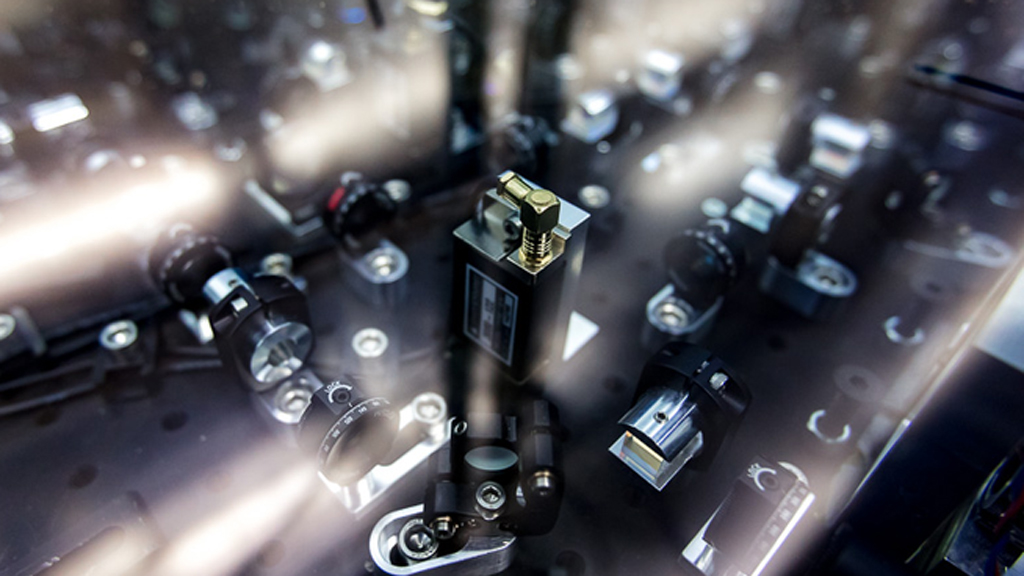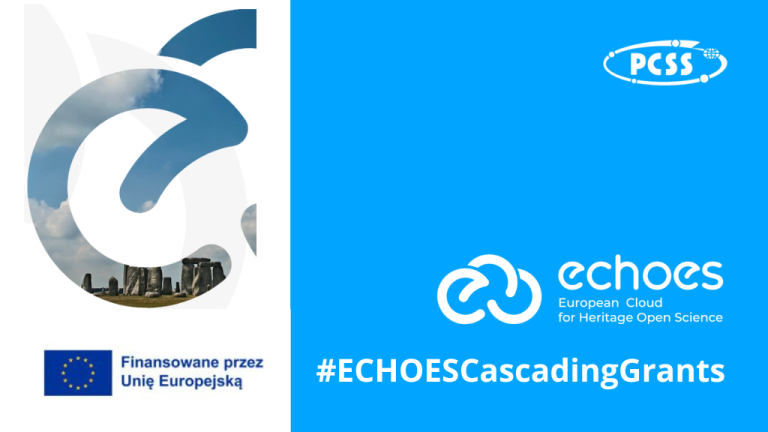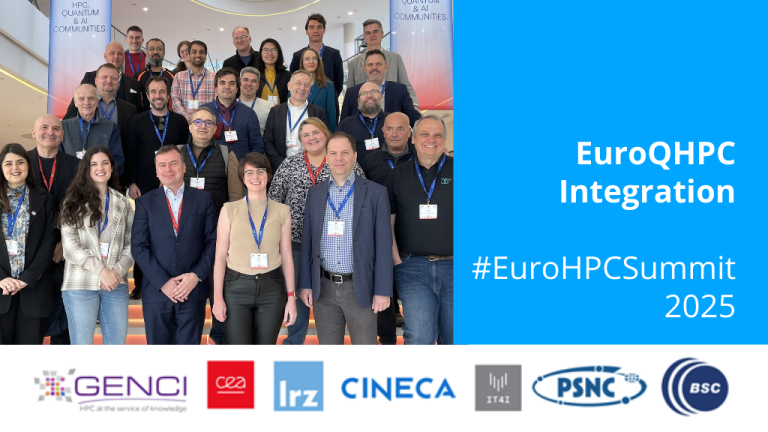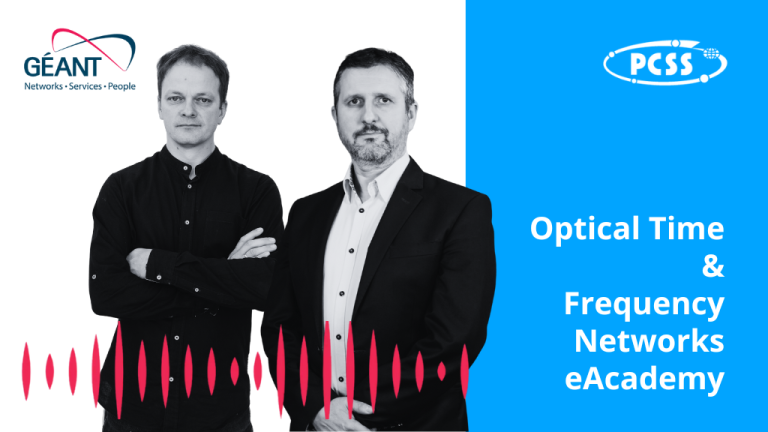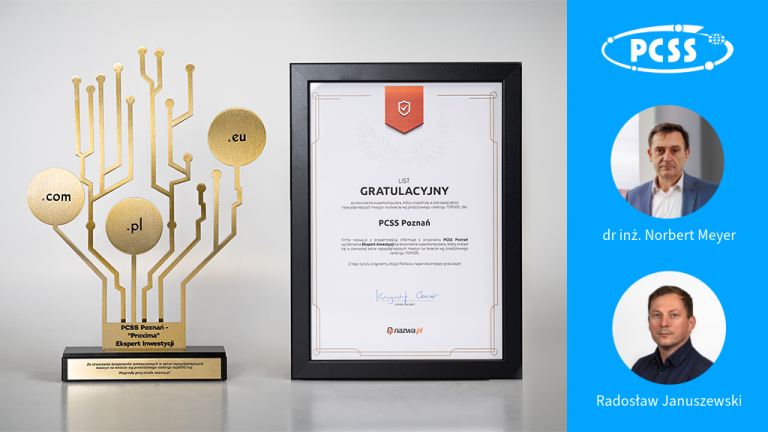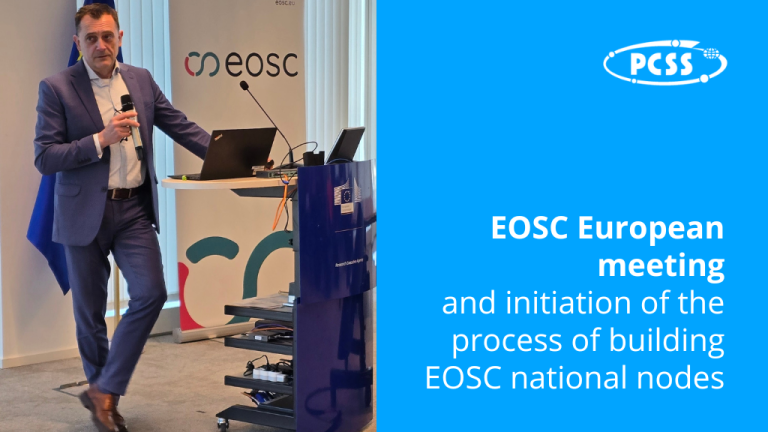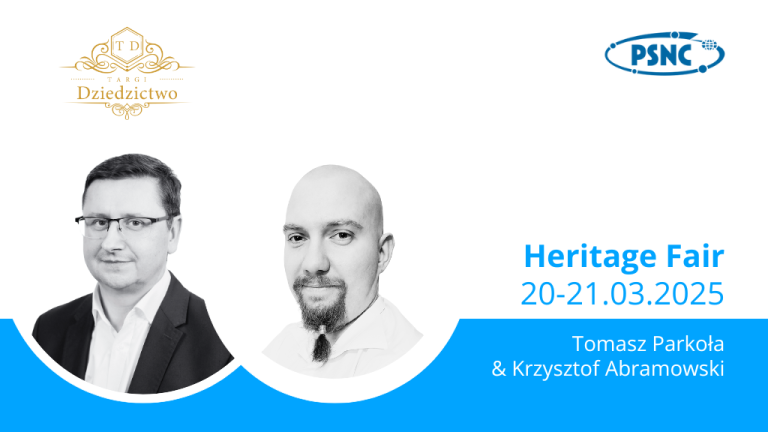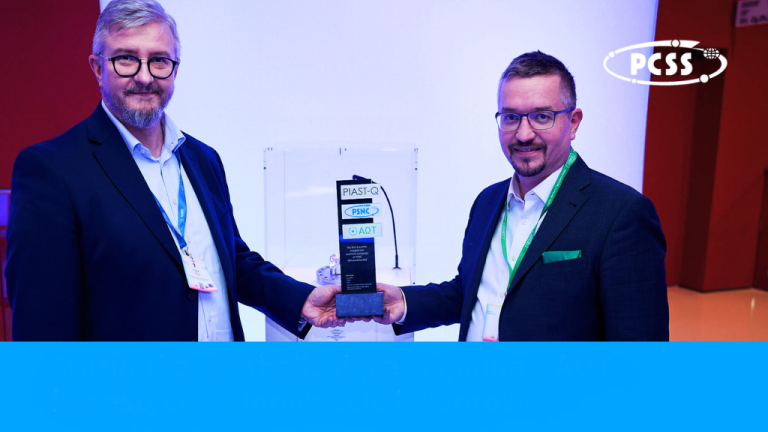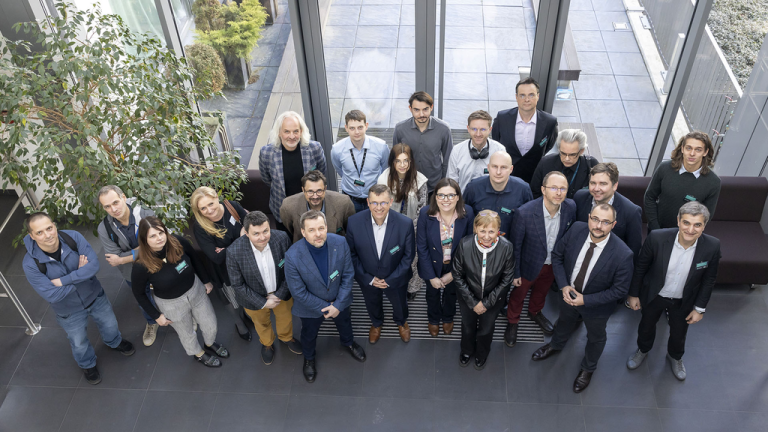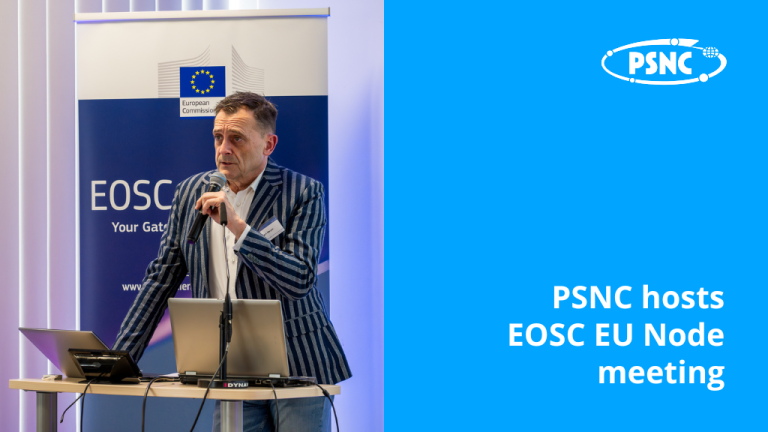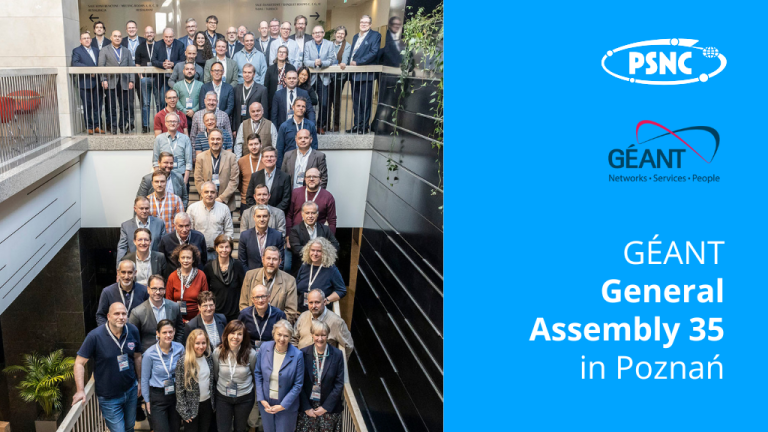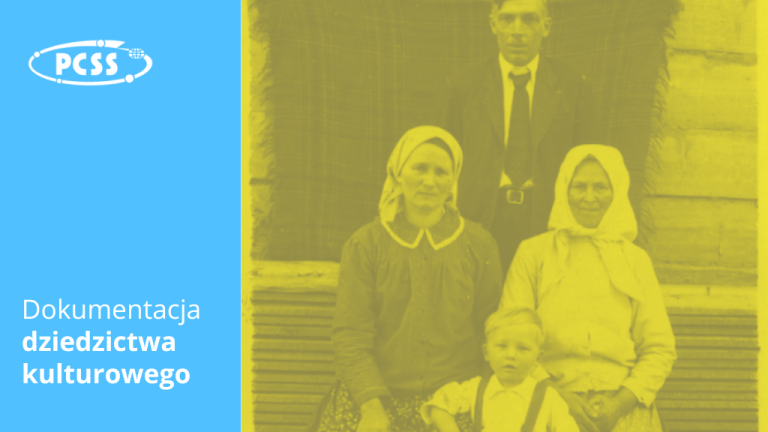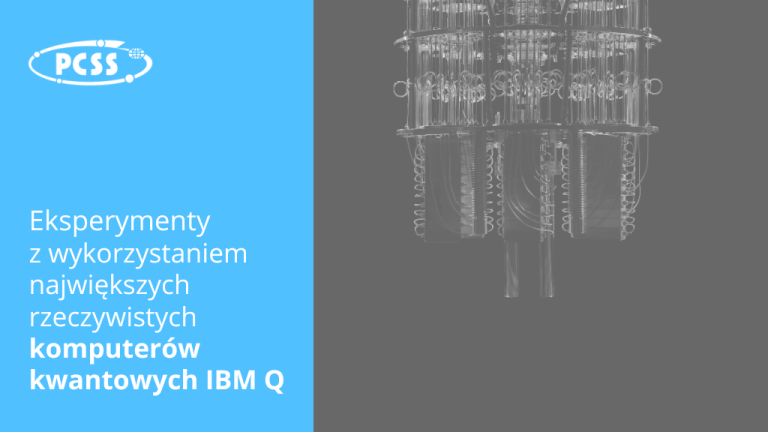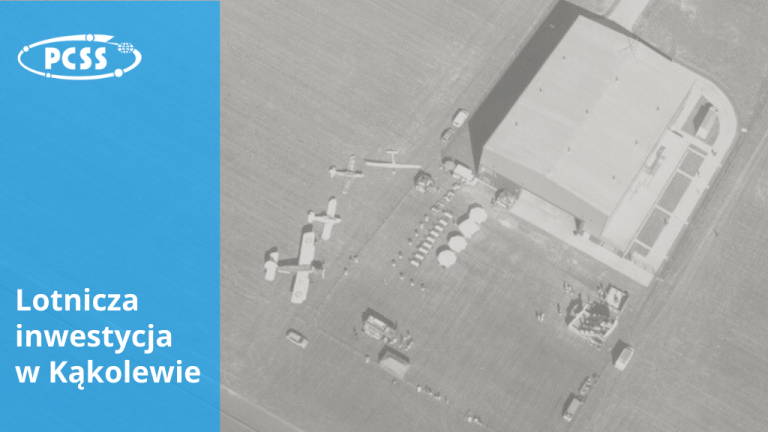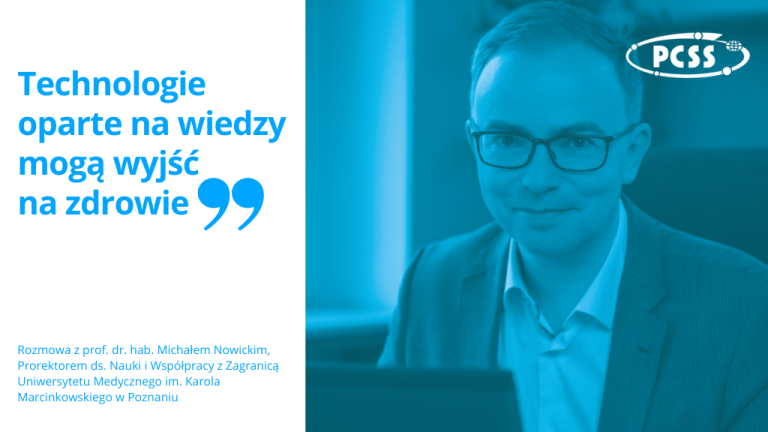As part of the NLPQT project, Poznan Supercomputing and Networking Center launched the first test connection of the system for distribution of the optical carrier at the end of January (optical reference frequency generated by optical clocks), i.e. ultra-precise and ultra-stable frequency standard. The system is also being developed thanks to close cooperation with the Nicolaus Copernicus University in Torun and the AGH University of Science and Technology in Krakow.
The connection was test launched in the Torun-Poznan-Torun loop using the optical fiber infrastructure of the PIONIER network and is over 600 km long. This configuration of the connection (in a loop) will enable testing the effectiveness of mechanisms for stabilizing the transmitted signal and compensation of interference. This is the main stage of verifying the transmission system in a real working environment.
The optical carrier distribution system uses devices built at PSNC and is based on transmission in a single, dedicated optical fiber. In these systems, the frequency “information carrier” is a very narrow (spectrally) laser beam tied to an optical clock, which is the most precise clock in the world.
According to preliminary measurements, the constructed devices are characterized by long-term instability not worse than 3x10e-20. These results are comparable with the best systems in the world for optical frequency reference.
PSNC activities are carried out within the framework of the National System of Generation and Distribution of Standard Optical Carrier. Its aim is to create an ultra-stable laser system that can be connected to the optical atomic clock and to a distribution network using fiber optic links. An optical reference signal with low phase noise will be sent to participants in the NLPQT consortium, where it will be available to interested scientific and industrial partners. The system will enable the deployment of a range of services targeted at the photonics, optics, chemical and other related industries.
– It will allow experiments that require a narrow laser line width at a well-defined frequency to be conducted away from the optical clock. It can be used in a wide range of research from spectroscopy, through fundamental physics experiments, to searching for dark matter and monitoring Earth’s gravity – says Krzysztof Turza, specialist at PSNC.
As soon as the signals from the new clocks become common, they will probably be useful, among others, in geodesy. Thanks to them it will be possible to accurately determine the height of the terrain, with centimetre accuracy. Moreover, ultra-stable frequency signals can be used in many fields, in particular in telecommunications (synchronisation) or navigation. Thus, atomic clocks can contribute to the development of new technologies and more efficient transmission systems in telecommunications networks.
In the future, the signal is to be distributed not only between Poznan and Torun, but also to Warsaw and Wroclaw. “Transporting” the clock signal to distant research units will make it possible to use its capabilities remotely, outside the laboratory.
Despite their precision, optical atomic clocks have two disadvantages: firstly, they are very difficult to construct and require high-level specialists to maintain them. Secondly, they are large, take up entire laboratory rooms and need special conditions, such as: the right temperature. Thanks to the innovative way of “transferring” the clock, it is possible to develop scientific research also outside the National Laboratory of Atomic, Molecular and Optical Physics at the Institute of Physics of the Nicolaus Copernicus University. As a result, broad access to ultra-accurate atomic clocks can be provided to scientific and commercial units hundreds of kilometres away.


